- Cucumbers on the Windowsill
- Benefits of Growing Cucumbers on the Windowsill
- How to Grow Cucumbers on the Windowsill
- Common Issues and Troubleshooting
- 8th of March
- Time to Plant Seeds
- Choosing the Right Seeds
- Preparing the Soil
- Planting and Caring for Seeds
- Transplanting Seedlings
- Conclusion
- Why Plant Cucumbers
- Benefits of Planting Cucumbers on the Windowsill
- Fresh and Nutritious Cucumbers
- Convenient and Cost-effective
- Easy to Grow
- Environmental Benefits
- Teaches Patience and Responsibility
- Aesthetic Appeal
- How to Plant Cucumbers on the Windowsill
- Choosing the Right Cucumber Seeds
- Variety
- Growing Conditions
- Disease Resistance and Fruiting Habits
- Preferred Taste and Texture
- Space and Support
- Caring for Cucumber Plants on the Windowsill
- Providing Adequate Sunlight
- Watering
- Support and Training
- Fertilizing
- Pest and Disease Control
- Harvesting Cucumbers from the Windowsill
- When to Harvest
- Harvesting Technique
- Storing Cucumbers
- Using Harvested Cucumbers
- Additional Tips
- “Question-Answer”
- When is the best time to plant cucumber seeds?
- Can cucumbers be grown indoors?
- How long does it take for cucumber seeds to germinate?
- Do cucumber plants need a trellis for support?
- What type of soil is best for growing cucumbers?
- How often should I water my cucumber plants?
- How long does it take for cucumbers to mature?
- “Video” A special method of growing baby cucumbers at home – Fruits come out a lot from the root to the top
With the arrival of spring just around the corner, many gardening enthusiasts are eager to start planting their favorite vegetables. One vegetable that is particularly popular to grow at home is cucumbers. Cucumbers are not only delicious and refreshing, but they are also packed with nutrients and vitamins.
One of the easiest ways to start growing cucumbers is by planting seeds on a windowsill. This allows you to take advantage of the natural light and warmth, creating the perfect environment for seeds to germinate. By planting cucumbers on the windowsill, you can get a head start on your garden and enjoy fresh cucumbers sooner rather than later.
When planting cucumber seeds on the windowsill, it is important to choose a good potting mix that is rich in organic matter. This will provide the seeds with the necessary nutrients to grow strong and healthy. Additionally, make sure to water the seeds regularly, keeping the soil moist but not waterlogged. Within a few weeks, you should start to see the seedlings emerge, ready to be transplanted into larger pots or directly into your garden.
Planting cucumbers on the windowsill is not only a practical way to start your garden, but it can also be a fun and rewarding experience. Watching the seeds sprout and grow into healthy plants can bring a sense of accomplishment and joy. So why not celebrate the upcoming 8th of March by planting cucumber seeds on your windowsill and enjoy the fruits of your labor in no time!
Cucumbers on the Windowsill
Growing cucumbers on the windowsill is a great way to enjoy fresh, homegrown produce even if you don’t have access to a garden. Cucumbers are easy to grow and can be started from seeds right on your windowsill.
Benefits of Growing Cucumbers on the Windowsill
- Convenience: Growing cucumbers on the windowsill allows you to have fresh cucumbers at your fingertips without the need for a large garden or outdoor space.
- Year-round Harvest: With proper care, you can have a continuous harvest of cucumbers throughout the year by starting new plants as soon as the previous ones finish producing.
- Space-saving: Window sills provide a compact and efficient growing space for cucumbers, making them a perfect option for those with limited space.
- Early Start: Starting cucumbers indoors on the windowsill allows you to get a head start on the growing season, as you can transplant the seedlings outside once the weather warms up.
How to Grow Cucumbers on the Windowsill
To grow cucumbers on the windowsill, follow these steps:
- Select the Right Seeds: Choose cucumber seed varieties that are suitable for container gardening and have a short growing season. Look for compact or dwarf varieties.
- Plant the Seeds: Fill small containers or seed trays with potting soil and plant the cucumber seeds according to the package instructions. Place the containers on the windowsill where they will receive at least 6 hours of sunlight per day.
- Water and Care: Keep the soil moist but not waterlogged. Cucumbers prefer consistent moisture. Provide support for the plants to climb, such as a trellis or stakes.
- Transplanting: Once the cucumber seedlings have developed a few leaves and the danger of frost has passed, you can transplant them into larger containers or directly into a garden if you have one.
- Harvesting: Cucumbers are usually ready to harvest in about 2-3 months from planting. Harvest them when they are firm and a dark green color. Regularly harvest cucumbers to encourage more fruit production.
Common Issues and Troubleshooting
Growing cucumbers on the windowsill may come with a few challenges. Here are some common issues and how to troubleshoot them:
| Issue | Troubleshooting |
|---|---|
| Poor Germination | Ensure the soil is kept consistently moist. If necessary, provide bottom heat to promote germination. |
| Limited Space | Choose compact or dwarf cucumber varieties that are suitable for container gardening. |
| Insufficient Sunlight | Place the containers on the sunniest windowsill available or consider using artificial grow lights if natural sunlight is limited. |
| Pest Problems | Monitor for pests such as aphids or spider mites and take appropriate control measures, such as using insecticidal soap or natural predators. |
With proper care and attention, you can successfully grow cucumbers on your windowsill and enjoy fresh cucumbers throughout the year. Happy gardening!
8th of March
The 8th of March is celebrated as International Women’s Day. It is a day that honors women’s achievements and raises awareness about gender equality. This day is celebrated worldwide and serves as a reminder of the ongoing fight for women’s rights and empowerment.
The history of International Women’s Day dates back to the early 20th century when women started demanding better working conditions, voting rights, and an end to discrimination. The day was first observed in 1911 and since then, it has become a symbol of women’s strength and resilience.
On the 8th of March, people commemorate the achievements of women in different fields such as politics, science, arts, and sports. It is also a day to reflect on the challenges that women still face and to promote gender equality.
Various activities and events take place on this day including rallies, marches, conferences, and panel discussions. It is an opportunity for women to come together, share their stories, and inspire each other.
International Women’s Day is not only about celebrating women, but it is also a call to action. It reminds us that there is still work to be done to achieve gender equality and to ensure that every woman has equal opportunities and rights.
- Here are some key facts about International Women’s Day:
- It is a public holiday in some countries.
- The theme for each year’s International Women’s Day is different and focuses on a specific issue or topic.
- Purple is the color associated with International Women’s Day.
- The United Nations has recognized and celebrated International Women’s Day since 1975.
- Many organizations and companies show support by organizing events, offering discounts, or launching campaigns on this day.
International Women’s Day serves as a reminder that gender equality is not just a women’s issue, but a human rights issue that requires the participation and support of everyone. It is a day to honor the achievements of women, to raise awareness about the challenges they face, and to advocate for gender equality in all aspects of life.
Time to Plant Seeds
Now that it’s March, it’s the perfect time to start thinking about planting seeds for the upcoming gardening season. Whether you have a large backyard or just a small windowsill, planting seeds is a great way to get a head start on your garden.
There are many benefits to growing plants from seeds. Not only is it more cost-effective than buying seedlings, but it also allows you to choose from a wider variety of plants. Additionally, starting from seeds gives you more control over the growth of your plants and can be a fun and rewarding experience.
Choosing the Right Seeds
Before you begin planting, it’s important to choose the right seeds for your garden. Consider the climate and growing conditions in your area, as well as the amount of space you have available. Some popular options for spring planting include cucumbers, tomatoes, peppers, and herbs.
You can purchase seeds from a local garden center or order them online. Make sure to read the seed packets carefully to determine the ideal planting time and any specific instructions for each type of seed.
Preparing the Soil
Next, prepare the soil for planting. If you’re gardening outdoors, clear away any debris and weeds from the area where you’ll be planting. Loosen the soil using a garden fork or tiller to improve drainage and allow the roots to penetrate easily.
If you’re planting seeds indoors on a windowsill, use a seed-starting mix or a combination of potting soil and perlite. Fill seed trays or small pots with the soil mixture and lightly tamp it down to provide a firm but not compact surface for the seeds.
Planting and Caring for Seeds
Once the soil is prepared, it’s time to plant the seeds. Make small holes in the soil at the recommended depth for each type of seed. Place one or two seeds in each hole and cover them with soil. Water the soil gently, being careful not to disturb the seeds.
Place the seed trays or pots in a warm and well-lit area, such as near a window or under grow lights. Keep the soil moist but not waterlogged, and provide adequate ventilation to prevent mold or mildew growth. As the seeds germinate and seedlings begin to emerge, you can thin them out to allow for proper spacing.
Transplanting Seedlings
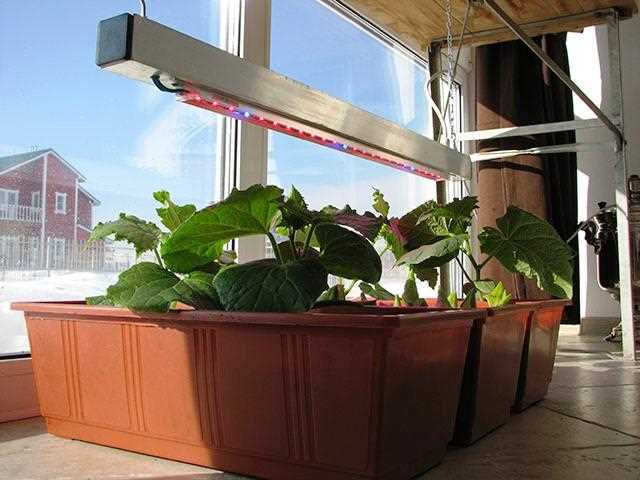
Once the seedlings have developed a few sets of true leaves, they are ready to be transplanted into your garden or larger pots. Harden off the seedlings by gradually exposing them to outdoor conditions, starting with short periods of time and increasing the duration over a week or two.
When transplanting, make sure to choose a location with the appropriate amount of sunlight and adequate space for the plants to grow. Dig a hole slightly larger than the root ball, gently remove the seedling from the tray or pot, and place it in the hole. Firmly press the soil around the base of the plant and water well.
Conclusion
Planting seeds is an exciting way to start your garden and enjoy the rewards of growing your own plants. By choosing the right seeds, preparing the soil, and caring for the seedlings, you can ensure a successful gardening season. So don’t wait any longer – grab some seeds and get planting!
Why Plant Cucumbers
Cucumbers are a popular vegetable to grow in the garden, and for good reason. They are not only delicious but also packed with nutrients. Here are a few reasons why you should consider planting cucumbers:
- Taste: Freshly picked cucumbers have a crisp texture and a refreshing taste that is hard to beat. They make a great addition to salads, sandwiches, and even cocktails.
- Nutritional Value: Cucumbers are low in calories but high in vitamins and minerals, making them a healthy snack option. They are a good source of vitamin K, vitamin C, potassium, and magnesium.
- Hydration: Cucumbers are made up of about 96% water, making them an excellent choice for staying hydrated. Eating cucumbers can help replenish your body’s water content and keep you feeling refreshed.
- Weight Management: Due to their high water and low calorie content, cucumbers can be a useful addition to a weight loss or weight management diet. They provide a feeling of fullness without adding many calories.
Planting cucumbers is relatively easy, and they can be grown in pots or in a garden bed. They require a sunny location and well-drained soil. Cucumbers can be grown from seeds or seedlings, and they usually start producing fruits within 50-70 days.
Once you have cucumbers growing in your garden, you can enjoy the benefits of fresh, homegrown cucumbers all summer long. They are versatile and can be pickled, added to salads, or enjoyed on their own as a healthy snack.
Benefits of Planting Cucumbers on the Windowsill
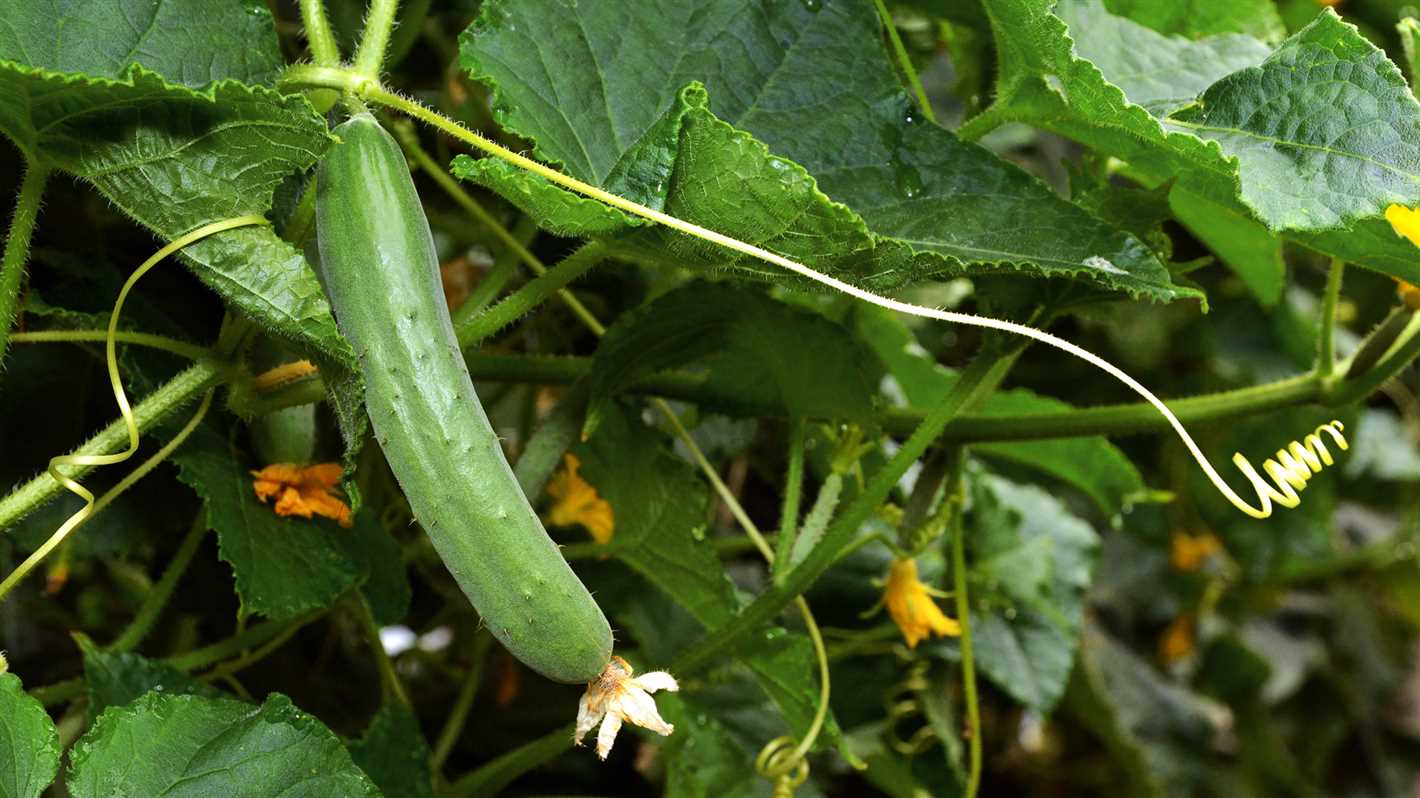
Planting cucumbers on the windowsill can be a rewarding and beneficial activity. Not only does it provide fresh and healthy cucumbers for your culinary endeavors, but it also offers a range of other benefits.
Fresh and Nutritious Cucumbers
By planting cucumbers on the windowsill, you have easy access to fresh and nutritious cucumbers right in your own home. Cucumbers are rich in water content, which helps to keep you hydrated. They are also a good source of vitamins and minerals, such as vitamin K, vitamin C, magnesium, and potassium.
Convenient and Cost-effective
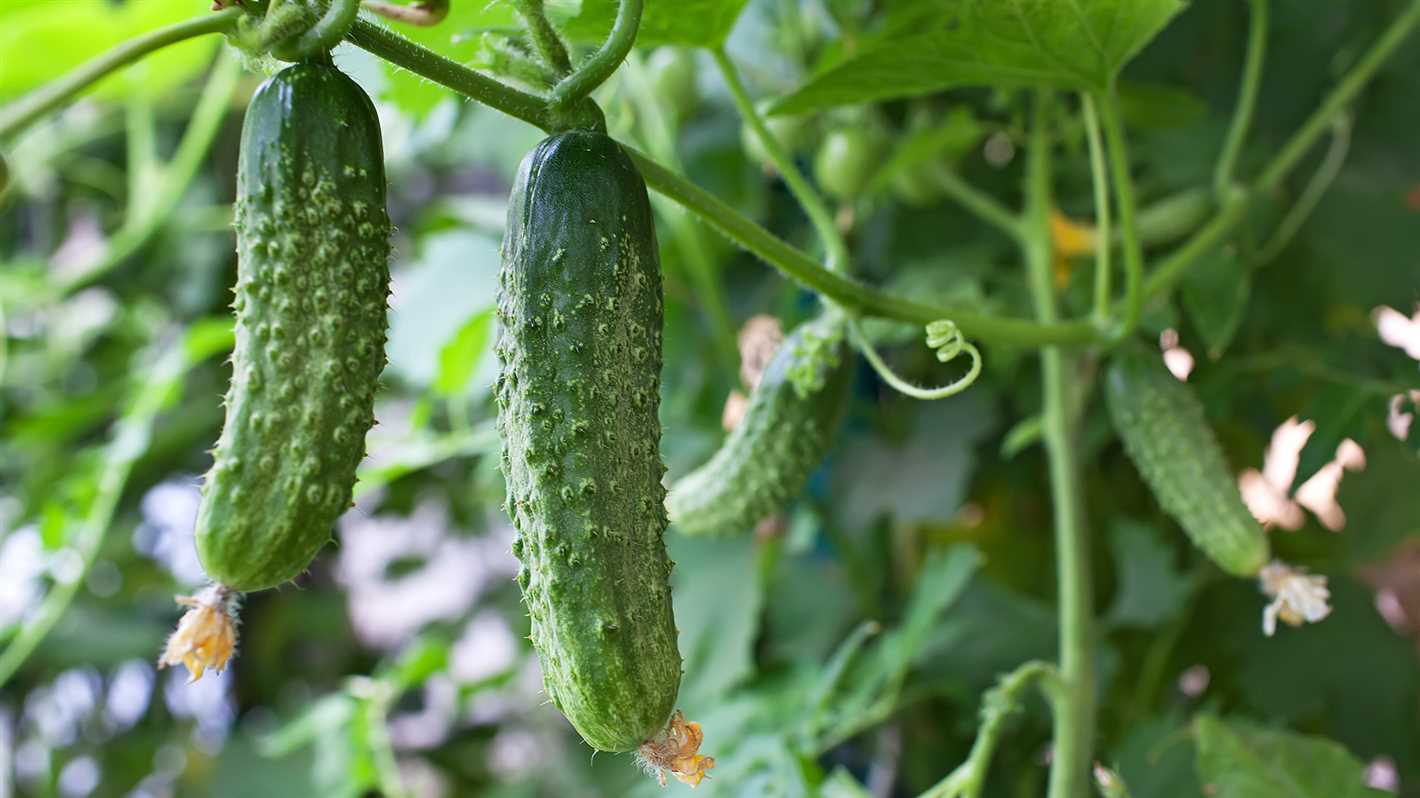
Planting cucumbers on the windowsill eliminates the need to purchase cucumbers from the store, saving you money in the long run. Additionally, having a fresh supply of cucumbers at home means you can easily add them to your meals without having to make a special trip to the store.
Easy to Grow
Cucumbers are relatively easy to grow, even for beginner gardeners. They require minimal care and attention, making them a suitable choice for those with limited gardening experience. Planting cucumbers on the windowsill also eliminates the need for outdoor space or a garden, making it accessible to anyone, regardless of their living situation.
Environmental Benefits
By growing cucumbers on the windowsill, you can contribute to a more sustainable environment. Cucumbers are a low-impact crop that requires fewer resources compared to other vegetables. By reducing the demand for commercially grown cucumbers, you can help decrease the carbon footprint associated with transportation and packaging.
Teaches Patience and Responsibility
Planting cucumbers on the windowsill can be a great way to teach children or even yourself about patience and responsibility. Watching the cucumbers grow from tiny seeds to flourishing plants requires regular care and attention. It teaches the importance of nurturing and caring for plants, as well as the joy of seeing the fruits of your labor.
Aesthetic Appeal
In addition to their practical benefits, cucumbers can also enhance the aesthetic appeal of your windowsill. The vibrant green foliage and delicate yellow flowers can add a touch of natural beauty to your indoor space.
| Variety | Description |
|---|---|
| Miniature White | Small-sized cucumber with white skin and a refreshing taste. |
| Bush Champion | Compact variety that doesn’t require much space to grow. |
| Armenian | Long and slender cucumbers with a mild, delicate flavor. |
Overall, planting cucumbers on the windowsill offers numerous benefits, ranging from convenience and cost savings to environmental sustainability and aesthetic appeal. Give it a try and enjoy the goodness of fresh cucumbers right from your windowsill!
How to Plant Cucumbers on the Windowsill
Growing cucumbers on the windowsill is a great way to enjoy fresh cucumbers even if you don’t have a garden. Here are the steps to plant cucumbers on the windowsill:
- Choose the right cucumber variety: Look for cucumber varieties that are suitable for growing in small spaces. Compact or bush varieties work best for windowsill gardening.
- Select a suitable container: Choose a deep container with good drainage holes to plant your cucumbers. Make sure the container is wide enough to accommodate the spreading roots of the cucumber plant.
- Prepare the soil: Use a well-draining potting mix and mix in some organic compost to provide the cucumbers with the necessary nutrients.
- Sow the seeds: Plant two to three cucumber seeds in the container, placing them about an inch deep into the soil. Cover the seeds with soil and gently pat it down.
- Provide proper sunlight: Place the container in a sunny windowsill where the cucumbers can get at least 6-8 hours of direct sunlight every day. Cucumbers thrive in warm and sunny conditions.
- Water regularly: Keep the soil moist but not waterlogged. Water the cucumbers regularly, ensuring that the soil doesn’t dry out between waterings. Avoid overwatering as it can lead to root rot.
- Support the vining cucumbers: If you are growing vining cucumbers, provide support for them to climb. You can use a trellis or stakes to train the vines upwards.
- Fertilize periodically: Feed your cucumber plants with a balanced liquid fertilizer every 2-3 weeks to promote healthy growth and fruit production.
- Harvest the cucumbers: Once the cucumbers reach the desired size, harvest them by cutting them off the vine. Regular harvesting will encourage the plant to produce more cucumbers.
Follow these steps to plant cucumbers on your windowsill, and you’ll be able to enjoy fresh, homegrown cucumbers in no time!
Choosing the Right Cucumber Seeds
Growing your own cucumbers can be a rewarding and delicious experience. To ensure a successful cucumber harvest, it’s important to choose the right cucumber seeds for your growing conditions and preferences. Here are some factors to consider when selecting cucumber seeds:
Variety
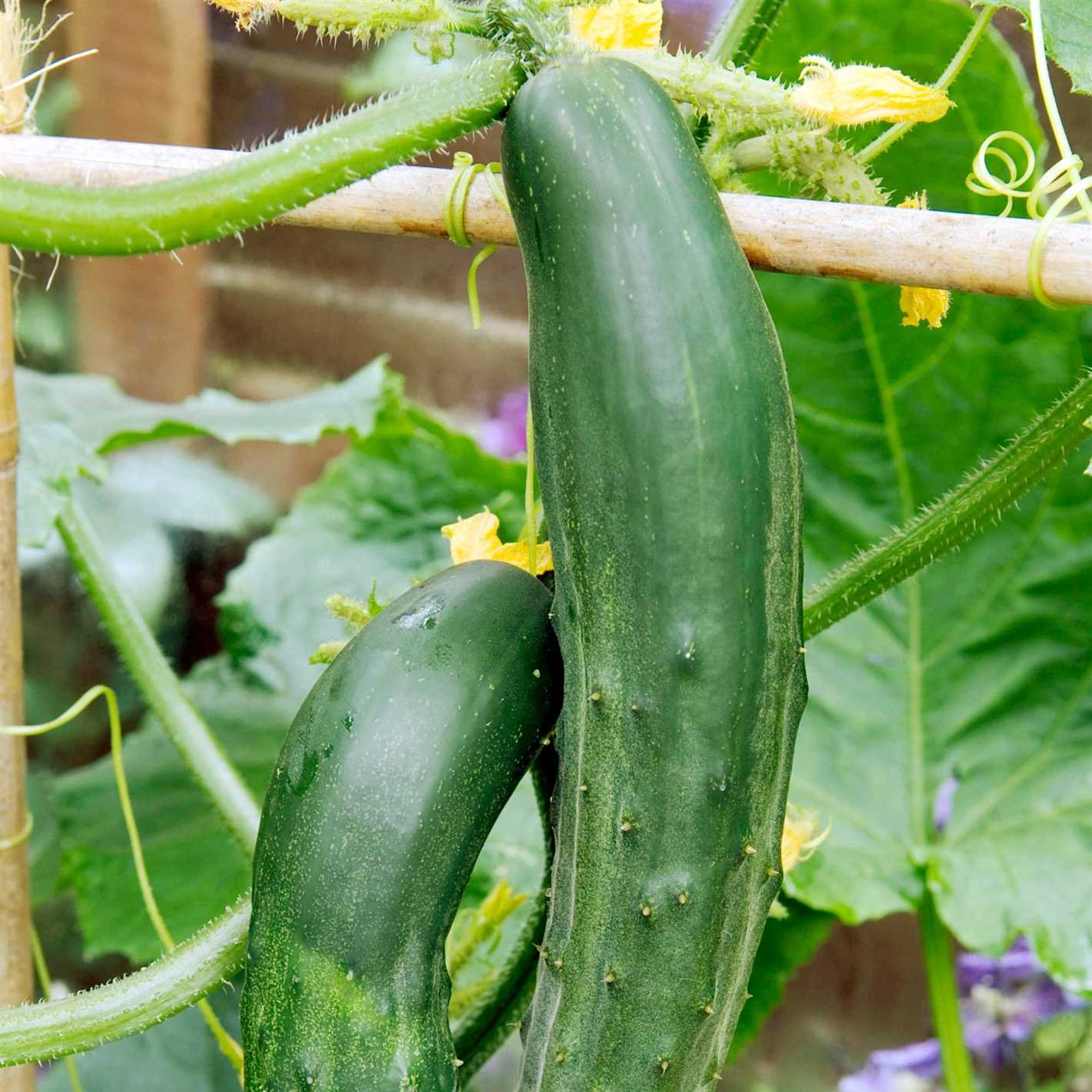
Cucumbers come in various shapes, sizes, and colors, each with its own unique flavor profile. Some popular cucumber varieties include:
- English cucumbers: Long and slender with thin skin, these cucumbers are known for their mild and crisp texture.
- Pickling cucumbers: These cucumbers are smaller and typically have bumpy skin. They are great for making pickles.
- Slicing cucumbers: These cucumbers are larger and have thicker skin. They are perfect for slicing and adding to salads or sandwiches.
Growing Conditions
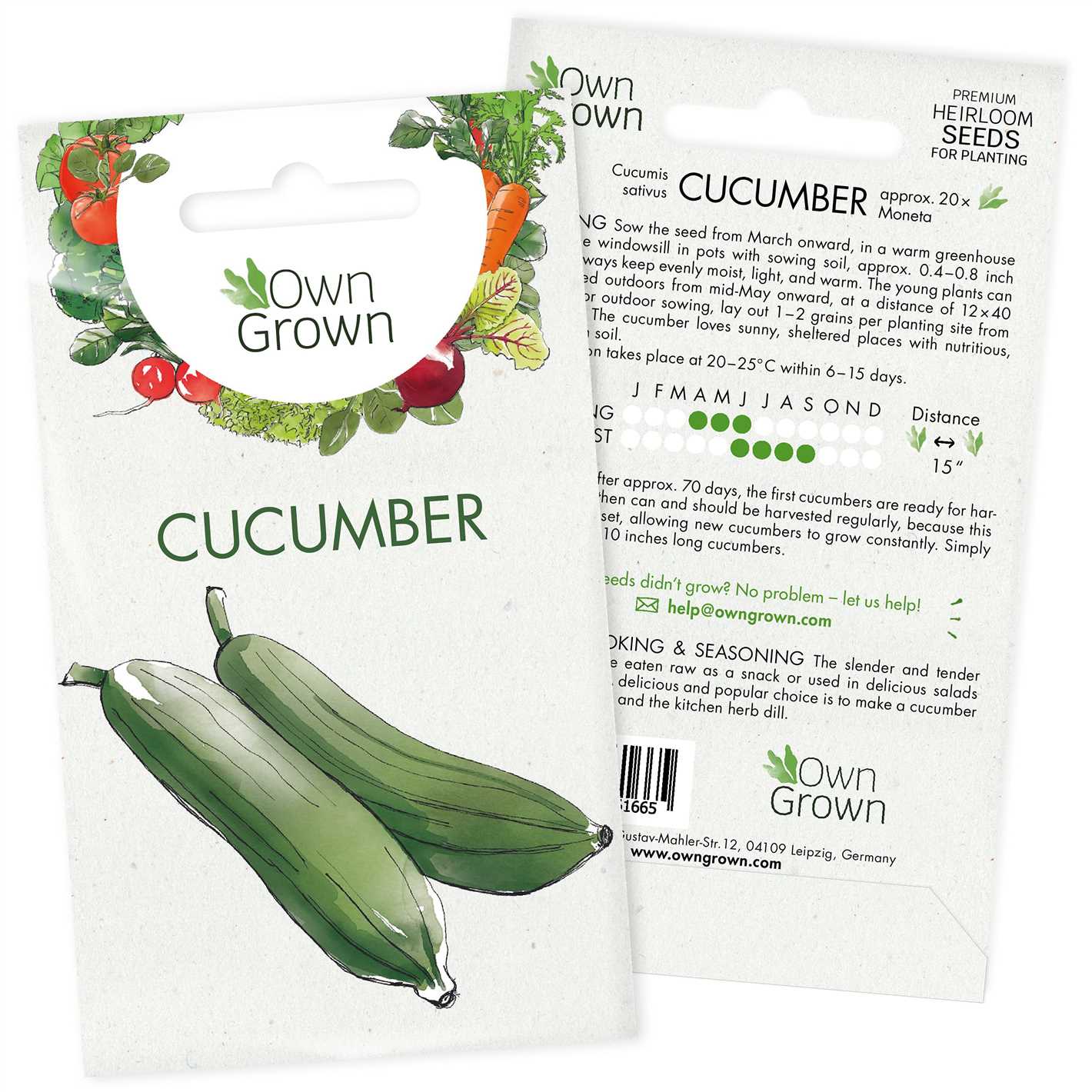
Cucumbers thrive in warm and sunny conditions. However, different cucumber varieties have specific requirements. Some cucumbers are more tolerant of heat, while others prefer cooler temperatures. Be sure to choose cucumber seeds that are suitable for your climate and growing conditions.
Disease Resistance and Fruiting Habits
Cucumbers are susceptible to certain diseases, such as powdery mildew or cucumber mosaic virus. Look for cucumber varieties that have resistance to these common diseases to maximize your chances of a successful harvest. Additionally, consider the fruiting habits of the cucumber variety. Some cucumber plants produce more fruit over a longer period, while others produce a larger number of fruit all at once.
Preferred Taste and Texture
Consider your personal preference for taste and texture when selecting cucumber seeds. Some cucumbers have a sweeter taste, while others are more refreshing and crisp. Additionally, the texture can vary from crunchy to tender. Grow the cucumber variety that suits your taste and culinary needs.
Space and Support
Cucumbers can be sprawling vines that require ample space to grow. If you have limited garden space, consider growing compact or bush cucumber varieties that take up less room. Additionally, some cucumber plants may require trellising or support structures, so keep this in mind when selecting seeds.
By considering these factors and choosing the right cucumber seeds for your needs, you can enjoy a bountiful harvest of fresh and delicious cucumbers.
Caring for Cucumber Plants on the Windowsill
Once you have planted cucumber seeds on your windowsill, it’s important to take proper care of the plants to ensure their healthy growth. Follow these steps to care for your cucumber plants:
Providing Adequate Sunlight
- Place the cucumber plants on a windowsill that receives at least 6-8 hours of direct sunlight per day.
- Rotate the plants every few days to ensure even exposure to sunlight.
- If your windowsill doesn’t receive enough sunlight, consider using a grow light to supplement the natural light.
Watering

- Check the moisture level of the soil daily. Cucumber plants should be kept evenly moist, but not waterlogged.
- Water the plants when the top inch of soil feels dry to the touch.
- Avoid overwatering, as it can lead to root rot and other fungal diseases.
Support and Training
- As the cucumber plants grow, provide support for the vines by installing a trellis or using stakes.
- Gently guide the vines along the trellis or stakes to encourage upward growth.
- Regularly prune any side shoots or offshoots to focus the plant’s energy on fruit production.
Fertilizing
- Use a balanced liquid fertilizer once a month to provide the cucumber plants with essential nutrients.
- Follow the recommended dosage instructions on the fertilizer packaging.
Pest and Disease Control
- Regularly inspect the cucumber plants for signs of pests such as aphids, whiteflies, or spider mites.
- If pests are present, treat the plants with an appropriate organic insecticide or pest control method.
- Prevent fungal diseases by ensuring proper air circulation around the plants and avoiding overwatering.
By following these care guidelines, your cucumber plants on the windowsill will thrive and soon reward you with fresh, homegrown cucumbers!
Harvesting Cucumbers from the Windowsill
When to Harvest
Cucumbers grown on the windowsill can be harvested once they have reached the desired size and color. This usually takes around 60 to 70 days from planting the seeds. The cucumbers should be firm and have a vibrant green color.
Harvesting Technique
To harvest cucumbers from the windowsill, gently hold the cucumber near its base and twist it off the vine. Avoid pulling or tugging on the cucumber, as this can damage the plant. If the cucumber does not come off easily, use a pair of scissors or pruners to cut it off the vine.
It is important to harvest cucumbers regularly to encourage more fruit production. Leaving overripe cucumbers on the plant can hinder the growth of new cucumbers.
Storing Cucumbers
After harvesting, cucumbers can be stored in the refrigerator for up to a week. Place them in a plastic bag to help retain moisture. It is best to consume cucumbers as soon as possible after harvesting for the freshest flavor.
Using Harvested Cucumbers
Harvested cucumbers from the windowsill can be used in a variety of dishes. They are perfect for salads, sandwiches, pickling, or enjoyed on their own as a refreshing snack. Cucumbers can add a crisp and cool element to any dish.
Below is a simple recipe for a cucumber salad:
- Ingredients:
- 2 cucumbers, sliced
- 1/4 cup red onion, thinly sliced
- 2 tablespoons vinegar
- 1 tablespoon olive oil
- Salt and pepper to taste
- Instructions:
- In a bowl, combine the sliced cucumbers and red onion.
- In a separate small bowl, mix together the vinegar, olive oil, salt, and pepper.
- Pour the dressing over the cucumbers and toss to coat.
- Let the salad marinate in the refrigerator for at least 30 minutes before serving.
Additional Tips
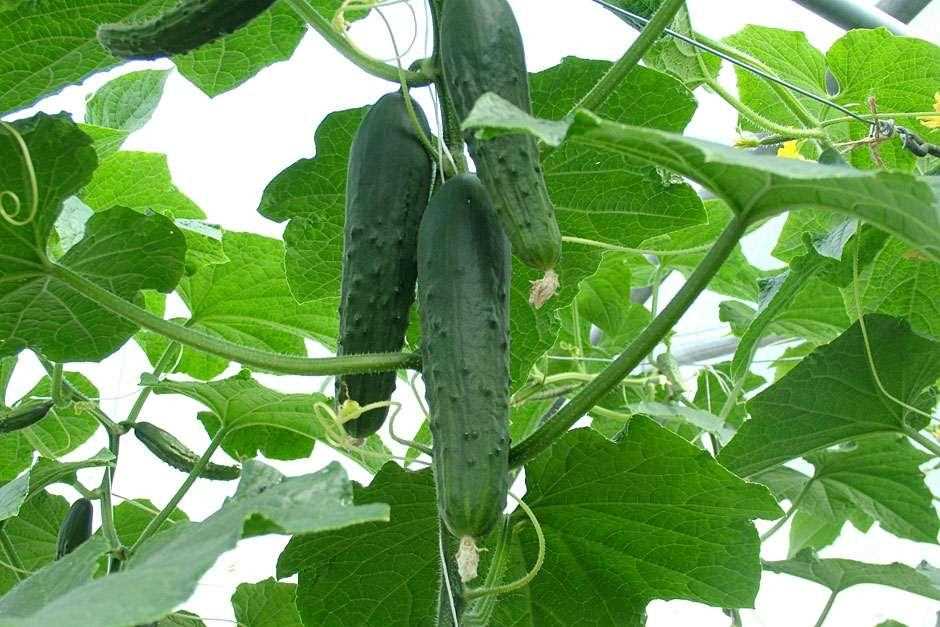
Here are some additional tips for harvesting cucumbers from the windowsill:
- Harvest cucumbers early in the morning when they are at their freshest and coolest.
- Do not wash cucumbers until you are ready to use them to prevent moisture buildup.
- Remove any overripe cucumbers from the windowsill to ensure the plant continues to produce new cucumbers.
- Regularly check for pests or signs of disease on the cucumber plant and take appropriate action if needed.
- Enjoy the satisfaction of growing and harvesting your own cucumbers!
“Question-Answer”
When is the best time to plant cucumber seeds?
The best time to plant cucumber seeds is during the late winter or early spring months, when the soil temperature reaches around 70°F (21°C).
Can cucumbers be grown indoors?
Yes, cucumbers can be grown indoors. They require lots of sunlight, so placing them near a sunny window or using grow lights can help them thrive indoors.
How long does it take for cucumber seeds to germinate?
Cucumber seeds usually germinate within 7 to 10 days if the conditions are ideal. However, it can take up to 2 weeks for the seeds to sprout.
Do cucumber plants need a trellis for support?
Yes, cucumber plants benefit from having a trellis or other support system. This helps keep the plants upright, prevents the fruit from rotting on the ground, and allows for better air circulation.
What type of soil is best for growing cucumbers?
Cucumbers prefer well-draining soil that is rich in organic matter. A sandy loam soil with a pH level between 6 and 7 is ideal for cucumber growth.
How often should I water my cucumber plants?
Cucumber plants require regular watering, especially during hot weather. It is best to keep the soil consistently moist but not overly saturated. Watering them deeply once or twice a week should be sufficient.
How long does it take for cucumbers to mature?
The time it takes for cucumbers to mature can vary depending on the variety. Generally, it takes about 55 to 65 days for cucumbers to reach maturity after planting the seeds.







